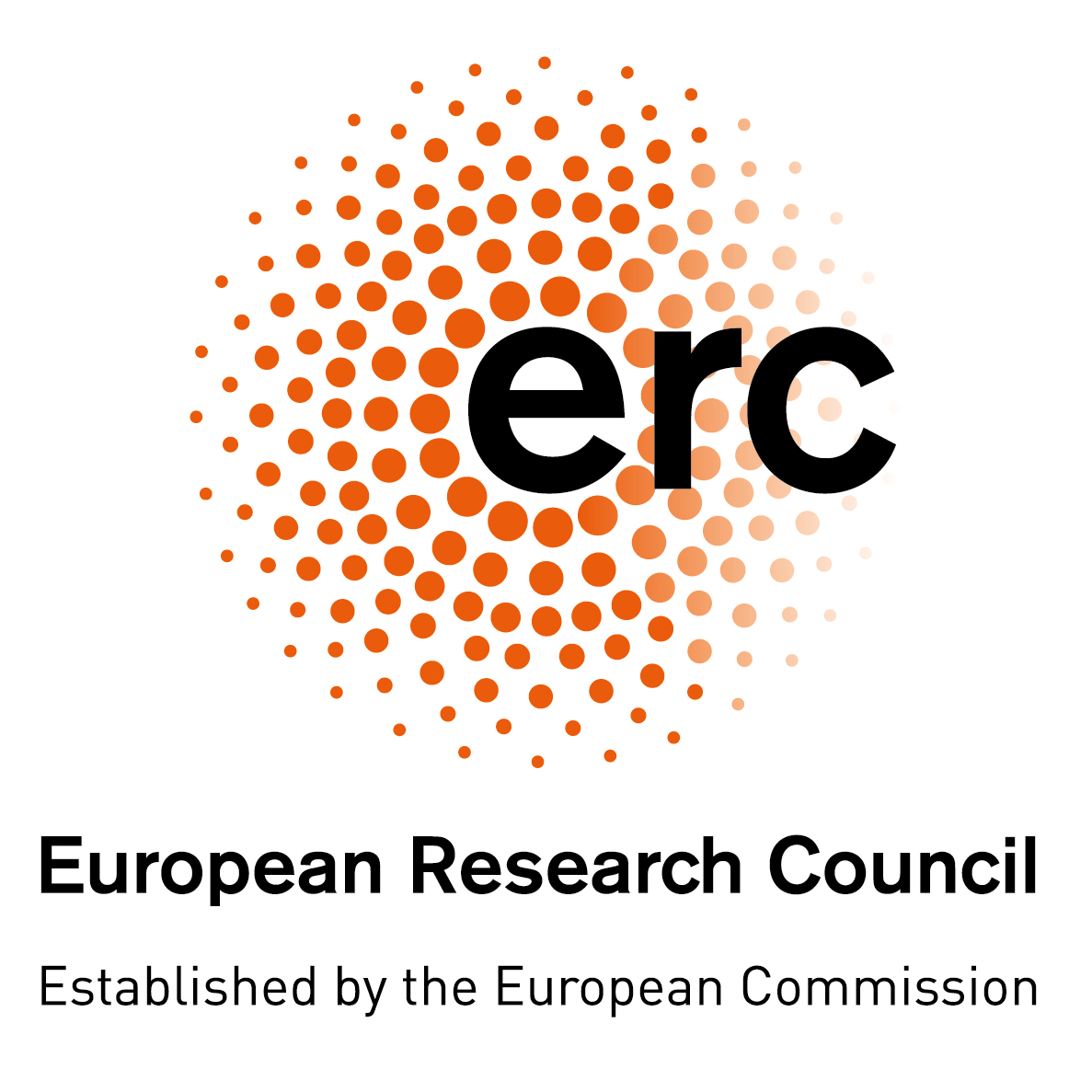Projects
The CAMS2_35 invitation to tender describes a highly technical project that requires experience and expertise in several domains: integrated global chemistry and aerosol modelling, physics and chemistry of the atmosphere, air quality modelling, as well as a detailed knowledge on the architecture and functioning of the IFS and of the possible observational datasets used for...
NextGEMS will develop and apply a new generation of global coupled Storm-Resolving Earth System Models (SR-ESMs) to the study of anthropogenic climate change. SR-ESMs are distinguished by their fine, 3 km, grid in the atmosphere andocean. This allows a more physical representation of atmospheric and oceanic circulation systems, including their coupling to Earth-system...
A climate resilient society requires reliable monitoring and forecasting information of the climate trends, patterns anddisturbances, both at global and regional scales. Through CONsistent representation of temporal variations of boundary Forcings in reanalysES and Seasonal forecasts, CONFESS will contribute to the emerging societal need for an enhanced Copernicus Climate...
The overall objective of FORCeS is to understand and reduce the long-standing uncertainty in anthropogenic aerosol radiative forcing, which is crucial in order to increase confidence in climate projections. These projections are highly relevant for decision makers, as they provide key information on emission pathways that will facilitate the targets of the Paris Agreement to...
CAMS_43 is a project that requires experience and expertise in several domains: global aerosol modelling, physics and chemistry of the atmosphere, data assimilation and its computational aspects, as well as a detailed knowledge on the architecture and functioning of the IFS. Our proposal is a continuation and an extension of what was achieved during phase 1 of CAMS_43. It...
Organic aerosols (OA) affect climate forcing and human health, but still large uncertainties exist in their sources and evolution. A large fraction of submicron particulate matter, 20%90%, can be attributed to OA. Recent studies have shown that secondary organic aerosols (SOA) account for a large fraction of the OA burden. Most OA efficiently scatter visible radiation and...
Mineral dust emission is ubiquitous in arid and semi-arid areas, representing a serious hazard for health, environment, and economy in many countries, in particular some of the least developed. Dust is a dominant contributor to the global aerosol load and plays a significant role in different aspects of climate and atmospheric chemistry. A key uncertainty in estimating...
The present tender concerns the continuation of the CAMS Regional production service (CAMS_50) for the period 2018-2021. The purpose of the service will remain to produce numerical data and mapping products providing information on air quality and atmospheric composition on the European scale, with the aim of making it freely and easily accessible to the various user...
The Copernicus Atmosphere Monitoring Service (CAMS) is providing services to meet the information need on atmospheric composition, including detailed distributions of reactive gases such as ozone, aerosol and greenhouse gases. CAMS provides daily analysis and forecasts, as well as reanalyses products. CAMS has a global service, implemented by ECMWF, and a regional air quality...
Atmospheric chemistry, atmospheric composition, air pollution, Climatology and climate change, Physical geography, Earth observations from space/remote sensing, Dust aerosols; Mineralogy; Physics of emission; Climate; Modelling; Spectroscopy Soil dust aerosols are mixtures of different minerals, whose relative abundances, particle size distribution (PSD), shape, surface...





